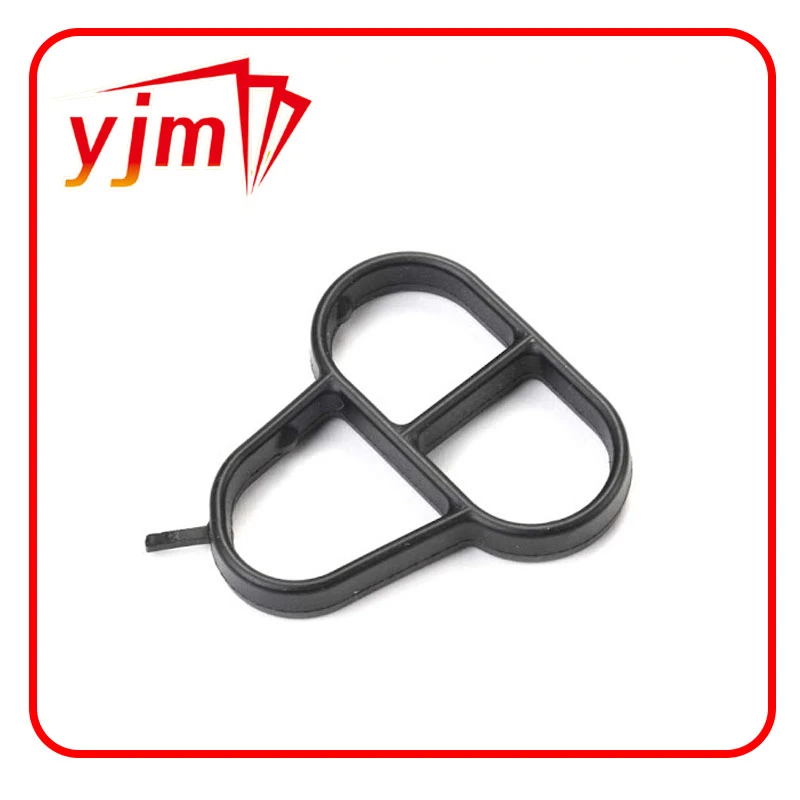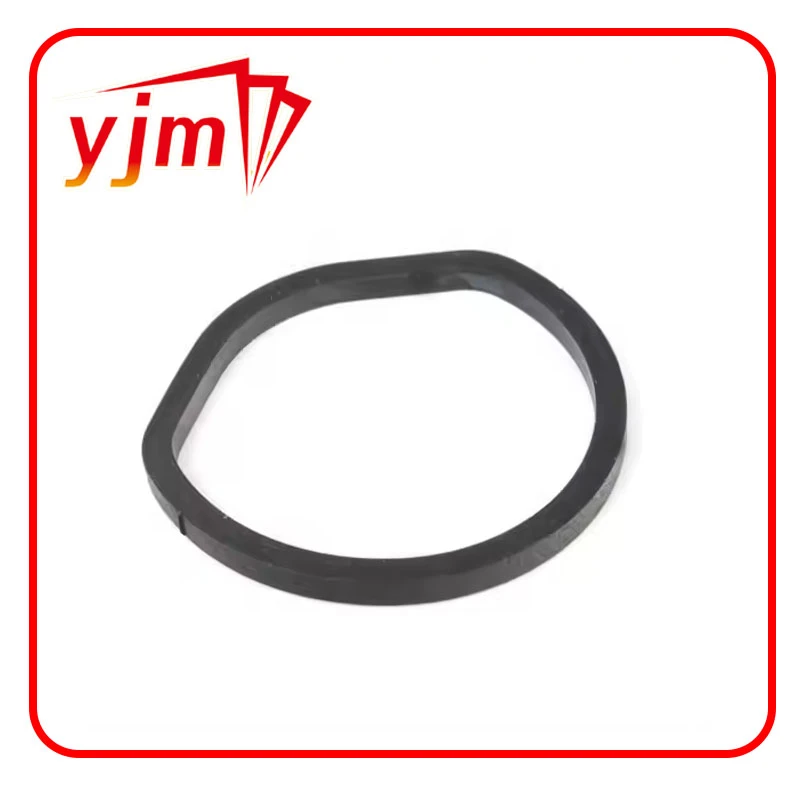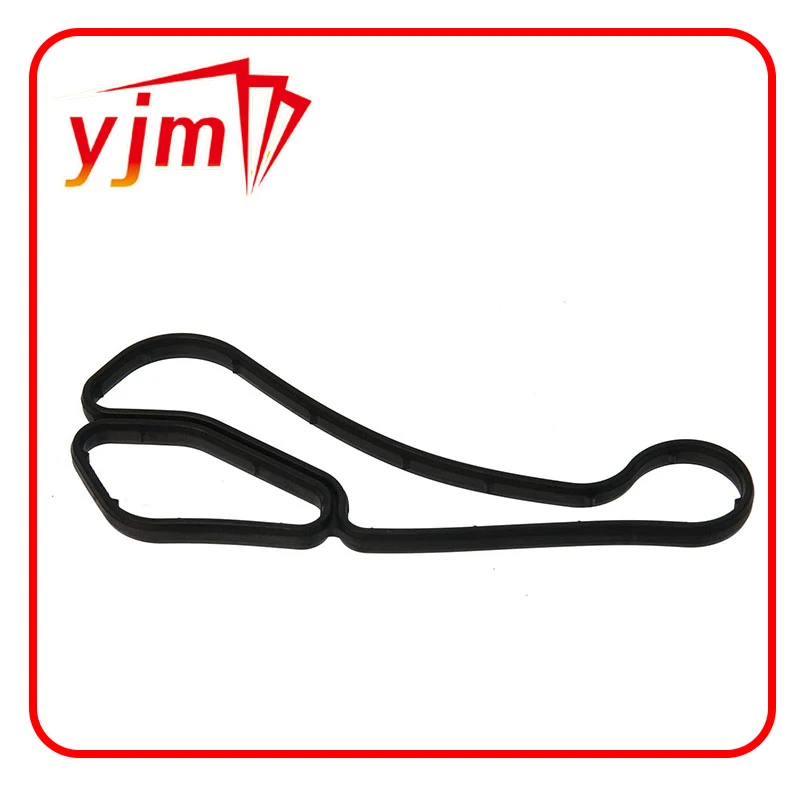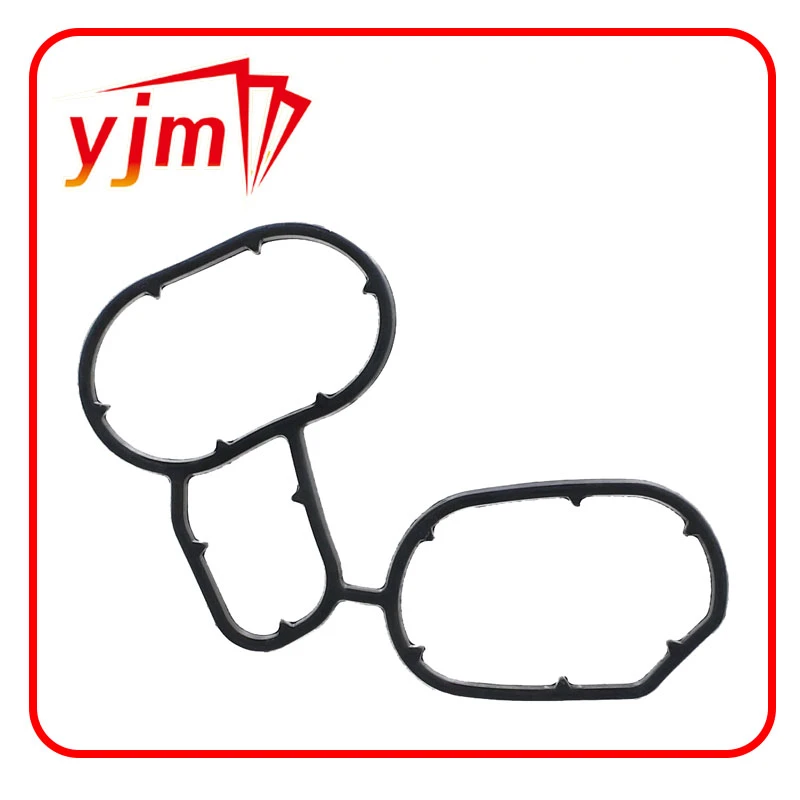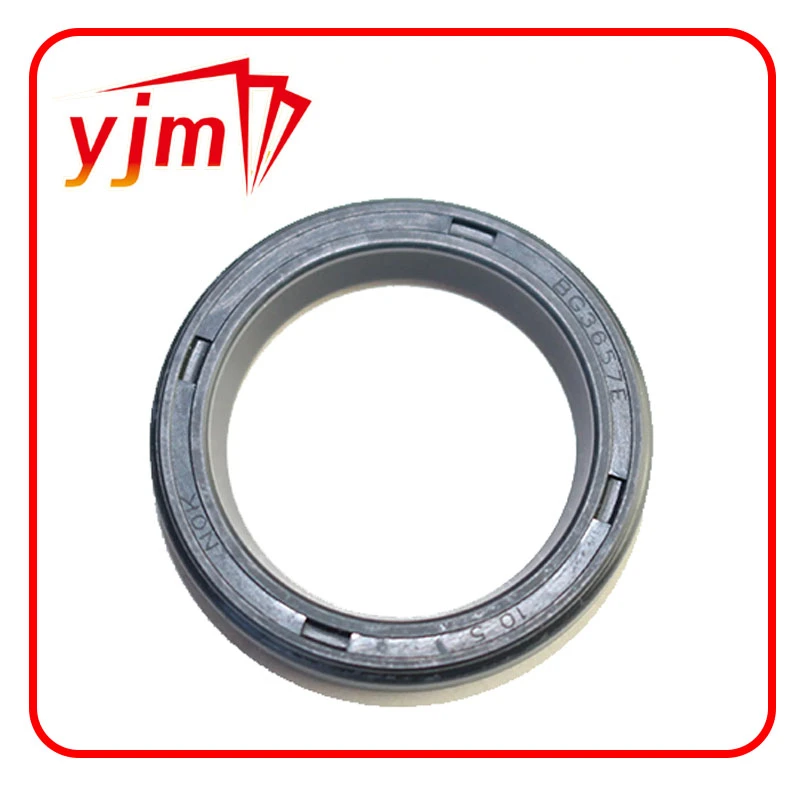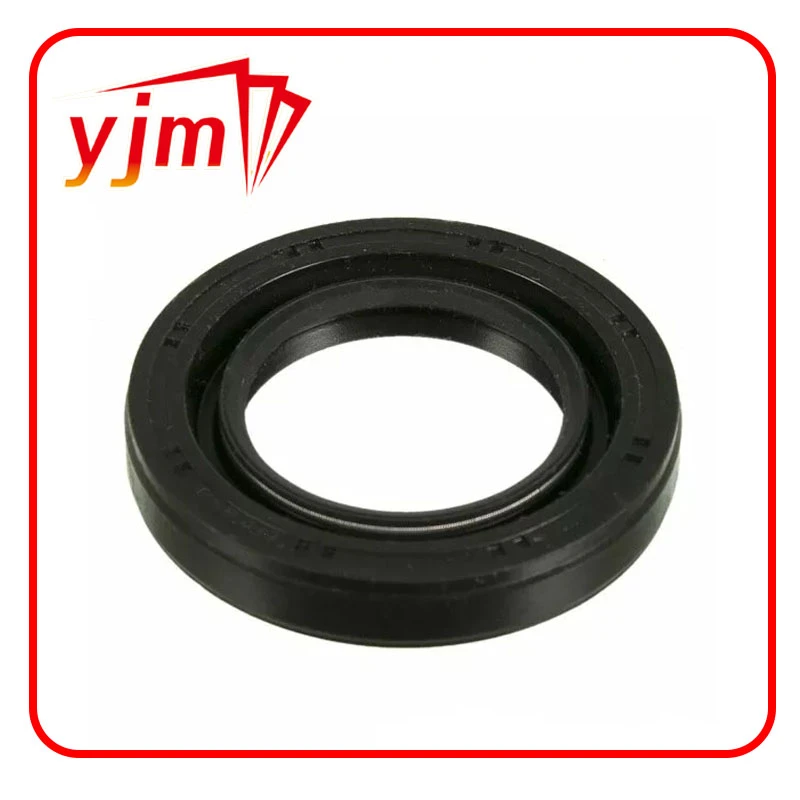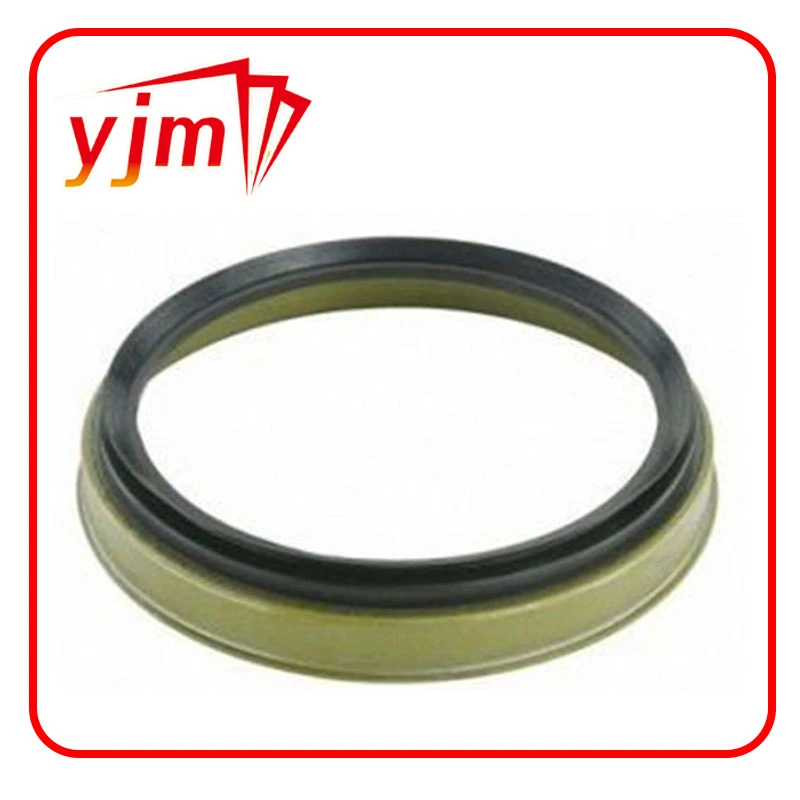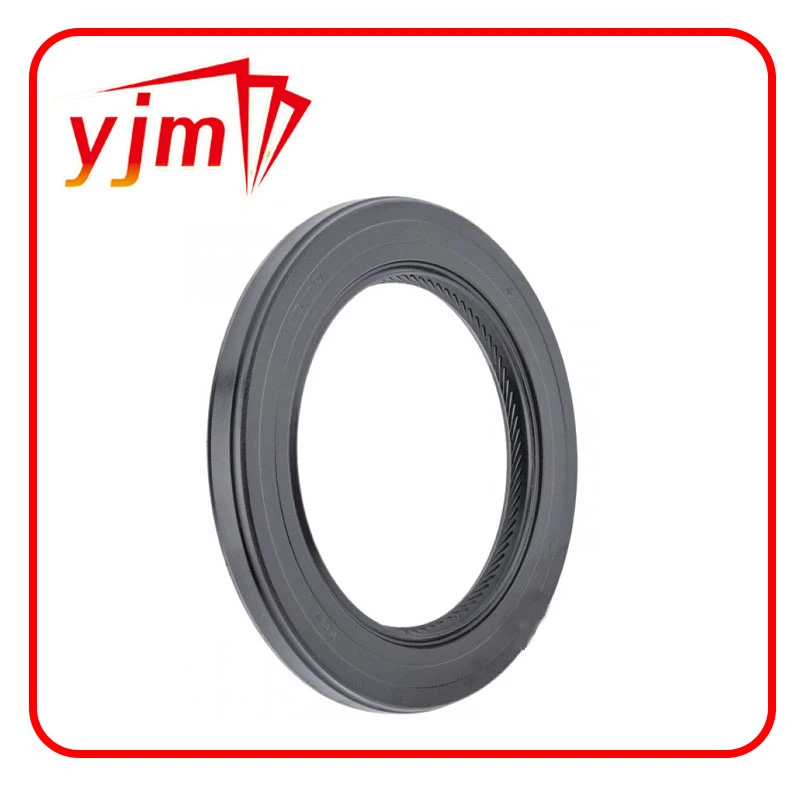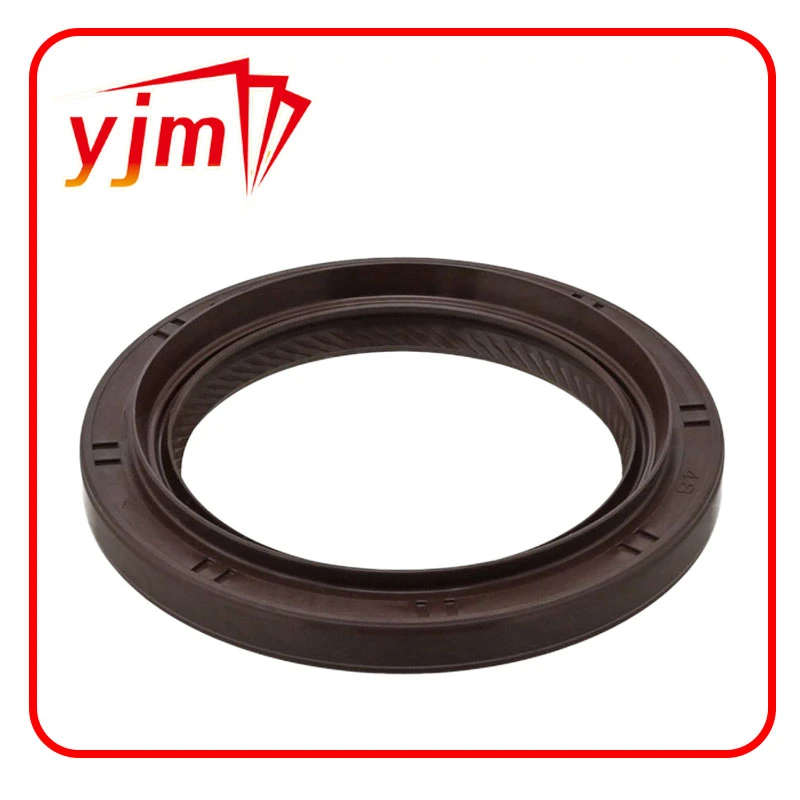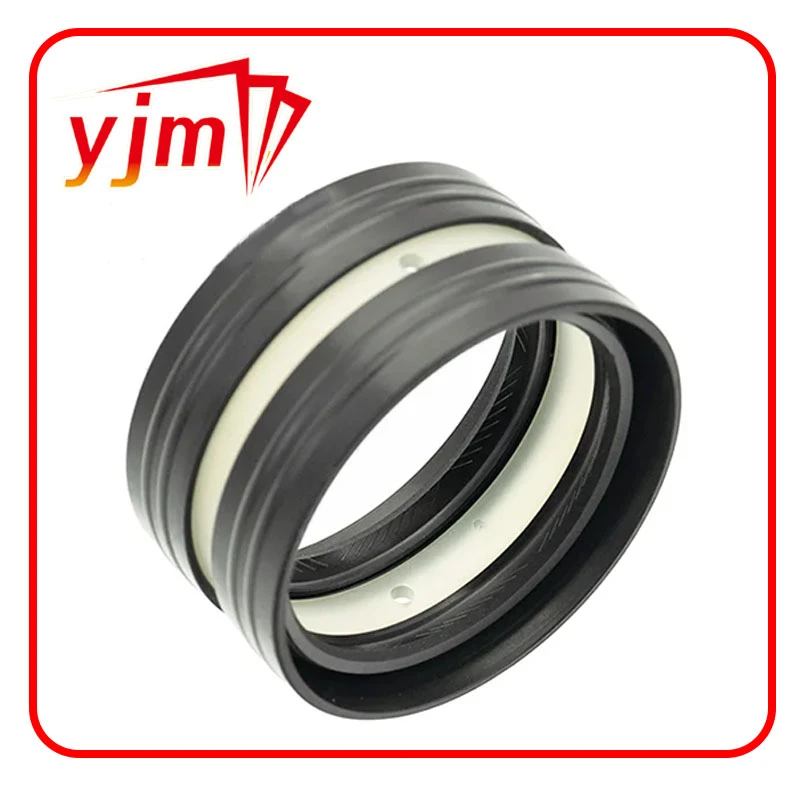The Engine Oil Plug System: Preventing Stripped Threads and Ensuring Leak-Free Maintenance
A smooth oil change may seem simple, but it relies heavily on the integrity of several small yet crucial components: the engine oil plug, engine oil nut, engine oil pan bolt, and engine oil pan drain plug. If any of these parts are damaged or improperly installed, it could result in messy oil leaks, reduced engine performance, or even costly repairs.
One of the most common issues vehicle owners face during routine oil maintenance is a stripped engine oil plug, which can turn a quick service task into a major inconvenience. In this article, we'll explore the purpose of these parts, how to prevent and fix a stripped engine oil plug, and the importance of using the right hardware for your oil pan system.
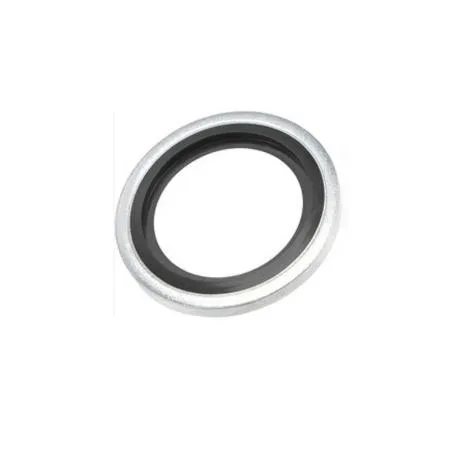
Understanding the Components: From Engine Oil Nut to Drain Plug
The engine’s oil system includes several fasteners and sealing parts designed to keep the engine oil contained and easy to drain during oil changes.
What Is the Engine Oil Plug?
The engine oil plug often referred to as the drain plug, is a threaded bolt that screws into the oil pan. It’s removed during an oil change to allow the old oil to drain out. This plug may be magnetic to collect metal debris and almost always includes a sealing washer or gasket to prevent leaks.
The Role of the Engine Oil Nut
In some engine designs, the engine oil nut may refer to a locking or securing component that helps keep the drain plug or pan bolt in place. While not present on all vehicles, it plays an essential role in preventing loosening due to vibration or improper torque application.
What About the Engine Oil Pan Bolt?
The engine oil pan bolt refers to the hardware that fastens the oil pan to the underside of the engine. While not the same as the engine oil pan drain plug, these bolts ensure a secure fit between the oil pan and the engine block. If they are overtightened or damaged, they can also lead to oil leaks.
A Closer Look at the Engine Oil Pan Drain Plug and Common Failures
Your engine oil pan drain plug is under more stress than you might think. It's frequently removed and reinstalled, and if not handled properly, it can lead to stripped threads, leaks, and engine damage.
How a Drain Plug Works
The engine oil pan drain plug is threaded to fit snugly into the drain hole at the base of the oil pan. It may include a crush washer or O-ring to help form a tight seal and prevent oil seepage. Once installed and torqued correctly, it keeps the engine oil contained until your next oil change.
Signs of Trouble
Some signs that your drain plug or oil pan threads may be failing include:
Dripping oil after a change
A plug that spins loosely or won't tighten
Difficulty removing the plug due to damaged threads
These symptoms can indicate a more serious issue: a stripped engine oil plug.
Dealing With an Engine Oil Plug Stripped: Causes, Repairs, and Prevention
A stripped engine oil plug is one of the most common issues people encounter during oil changes — especially for DIYers or quick-lube shops that rush the process.
How Does It Happen?
Over-tightening the plug beyond manufacturer torque specs
Cross-threading the plug by installing it at an angle
Worn threads from years of repeated oil changes without care
Once stripped, the plug may no longer seal properly, leading to oil leaks and the risk of oil starvation in the engine.
Repair Options
If your engine oil plug is stripped, there are a few common repair methods depending on severity:
Thread Repair Kits (Helicoil or Timesert): These kits install a new thread insert into the pan, restoring its original thread size.
Oversized Drain Plugs: Designed to cut new threads slightly larger than the original, offering a quick fix without pan removal.
Replace the Oil Pan: In severe cases, replacing the entire pan may be the safest option — although this is often the most expensive.
Preventative Measures
Always start threading the engine oil plug by hand to avoid cross-threading.
Use a torque wrench to tighten it to the proper specification (usually between 20–30 ft-lbs for most vehicles).
Replace the crush washer or gasket with every oil change to ensure a proper seal.
Never use thread sealant unless specifically required, as it may interfere with proper torque readings.
Final Tips for Long-Lasting Oil System Integrity
To keep your oil system functioning perfectly, consider these maintenance best practices:
Inspect your plug every oil change. If the threads appear worn or damaged, replace it.
Don’t reuse a damaged washer. Leaks often come from a crushed or missing washer rather than the plug itself.
Keep extra plugs and washers on hand in case of an emergency.
Clean the drain plug area before reinstalling to remove debris that may damage threads or affect sealing.
The engine oil plug, engine oil nut, and engine oil pan bolt may be small components, but they have a major responsibility: keeping your engine’s oil where it belongs. Understanding how the engine oil pan drain plug functions — and how to avoid problems like a stripped engine oil plug — is essential for anyone who wants to maintain their vehicle with confidence.
By using the right torque, replacing worn seals, and addressing stripped threads quickly, you can extend the life of your oil system and keep your engine running at peak performance. Small parts make a big difference — so give them the attention they deserve.
-
High-Quality Seal 12x22x5 for Industrial & Automotive Use | YJM Seal
Νέα Nov.25,2025
-
Seal 12x20x5: Precision Radial Shaft Seals for Industrial Reliability
Νέα Nov.24,2025
-
Seal 12x18x5: Essential Guide to Specifications, Applications & Vendors
Νέα Nov.24,2025
-
Understanding Seal 12 20 5: Applications, Specifications & Industry Insights
Νέα Nov.23,2025
-
Durable Oil Seal 85x110x12 – Reliable Sealing Solutions for Industry
Νέα Nov.23,2025
-
Durable and Precise Oil Seal 75x95x10 for Efficient Machinery | YJM Seal
Νέα Nov.22,2025
-
Durable Oil Seal 75x100x10 for Reliable Industrial Performance | YJM Seal
Νέα Nov.22,2025
Κατηγορίες προϊόντων

